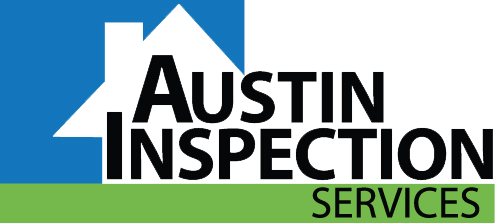EIFS Information
EIFS Information
What are EIFS?
Exterior Insulation and Finish Systems (EIFS) are multi-layered exterior wall systems that are used on both commercial buildings and homes. EIFS were introduced in the U.S. almost 30 years ago and were first used on commercial buildings and then later on homes. EIFS typically consist of an insulation board made of polystyrene foam (which is secured to the exterior wall surface with an adhesive and/or mechanical attachments), a water-resistant base coat applied on top of the insulation and reinforced with fiberglass mesh, and a finish coat typically using acrylic co-polymer technology. This type of system is often referred to as artificial stucco.
EIFS System Components
The Potential Problem with EIFS…
Why Our Clients Love Us
© 2025
All Rights Reserved | Austin Inspection Services

